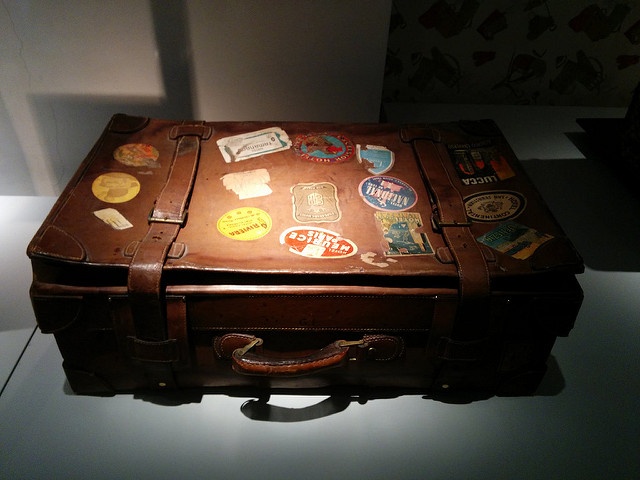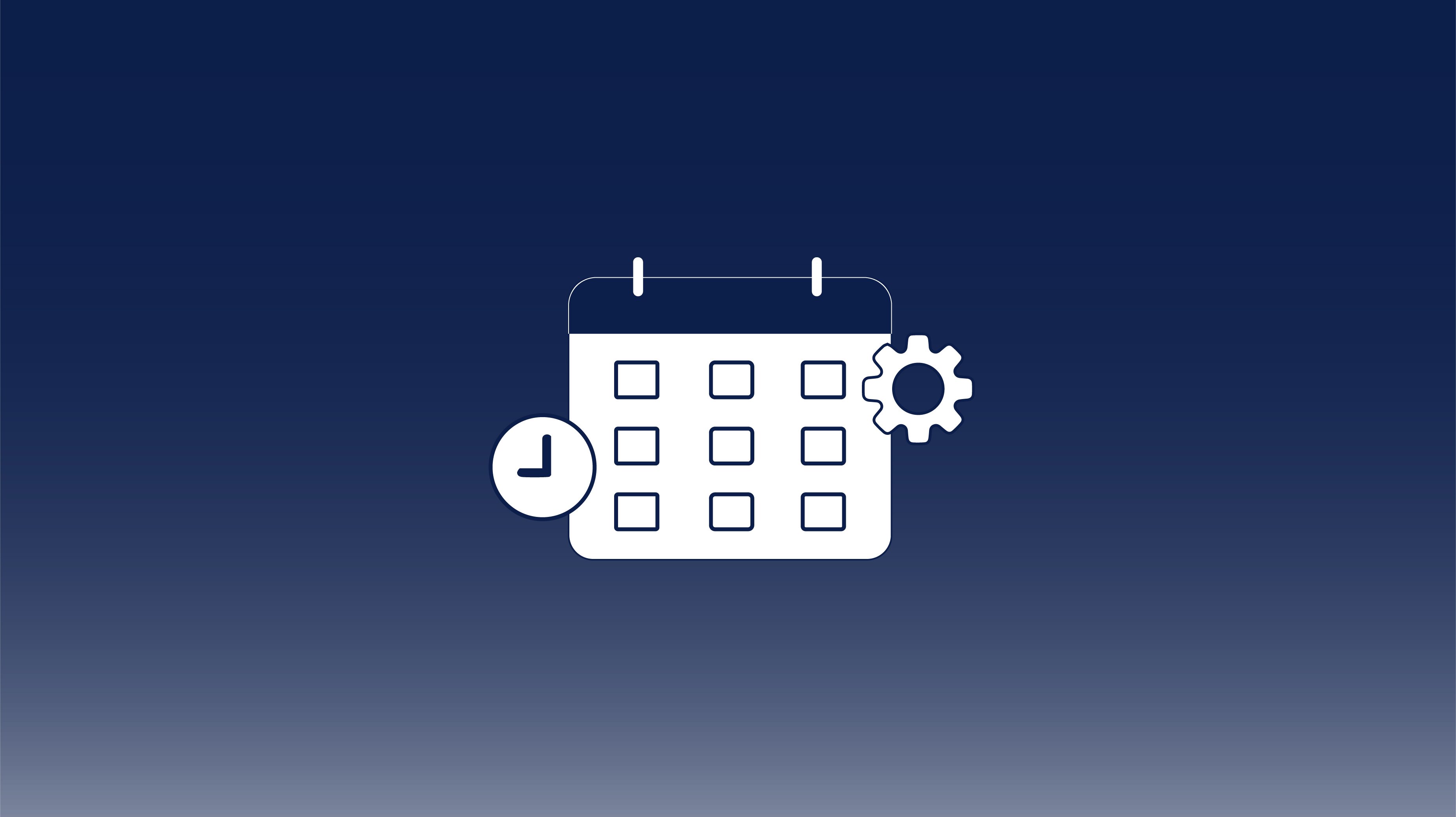Automated Accounts Receivable Programs: Cutting DSO by 30% in Six Months
In today’s economy, speed to cash is as important as speed to market. Companies that let receivables linger for 60, 75, or even 90 days are putting...
2 min read
January 6 2017
by
![]() Chris Cosgrove
Chris Cosgrove

If only scanning business documents was as easy as Google is making photo conversion. Yeah, they're doing some pretty nifty stuff on that front to be sure, which you can check out here.
Unfortunately for the rest of us plebeians that live in the B2B Accounting landscape, the reality of scanning and capturing is a lot more challenging than just converting an old image. While getting rid of hard copy storage is valuable, its only real merit is not having to physically store paper and the ability to recall document images quickly.
That would be the lifting of the data contained in the document itself. Therein lies the challenge. How do you unpack the suitcase's contents so to speak...? You see, each transactional business document is in effect a suitcase containing all kinds of useful data that is needed to drive a process. This data can be used to push forward some kind of business outcome like reconciling goods purchased, or goods received. The interpreter or unpacker of the suitcase if you will allow that metaphor to fly, is typically a human, and humans are only so good at unpacking things, meaning they run into constraints on a productivity and error basis. Typically these types of transactions require some interpretation, though, and ultimately repacking into a back-end system to advance an outcome, ie. payment or booking of a sale, or fill in the blank.
This has been the way things have predominantly been done for years if not decades, but with technology today, there are tools available to provide scale, automation, and visibility to what has been an overlooked and outmoded approach to converting, registering, applying, and releasing data. This would be our core argument for the necessity of advanced Optical Character Recognition. Now, unless you're a very large entity, OCR is not something you're likely to have dabbled in because it is oddball technology. It has been around a while and is proven and tested, or at least fairly reliable, with accuracy rates well into the mid-90 percentiles, but it will never get 100% accuracy due to character confidence issues. 1's looking like I's and O's looking 0's, etc. This is why OCR needs to be leveraged to drive a large volume of automation and human 'unpacking' if you will need to audit the uncertainties.
This kind of approach is scalable and is made available to businesses of all sizes and will ultimately impact numerous organizations as they realize that there are service providers that can actually help them divest themselves of all the manual process burdens that they've had for years, and in the process boost cycle times and get total insight into the data delivered in the suitcase.
With that data in hand, you can harness a document for all its worth and start to capitalize on outcomes that were previously unattainable due to processing time lag and error factors.
Schedule a no-commitment demo with us to explore how document automation can accelerate your accounts payable processes.

In today’s economy, speed to cash is as important as speed to market. Companies that let receivables linger for 60, 75, or even 90 days are putting...

Managing operational costs today often means balancing operational costs against tight margins, making it essential to join a group purchasing...